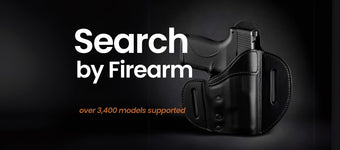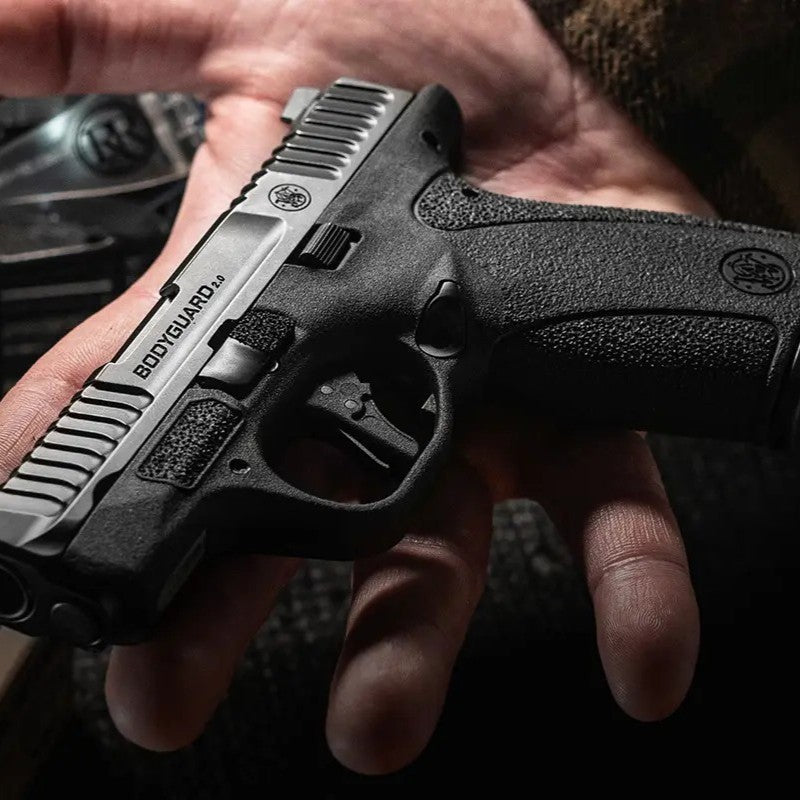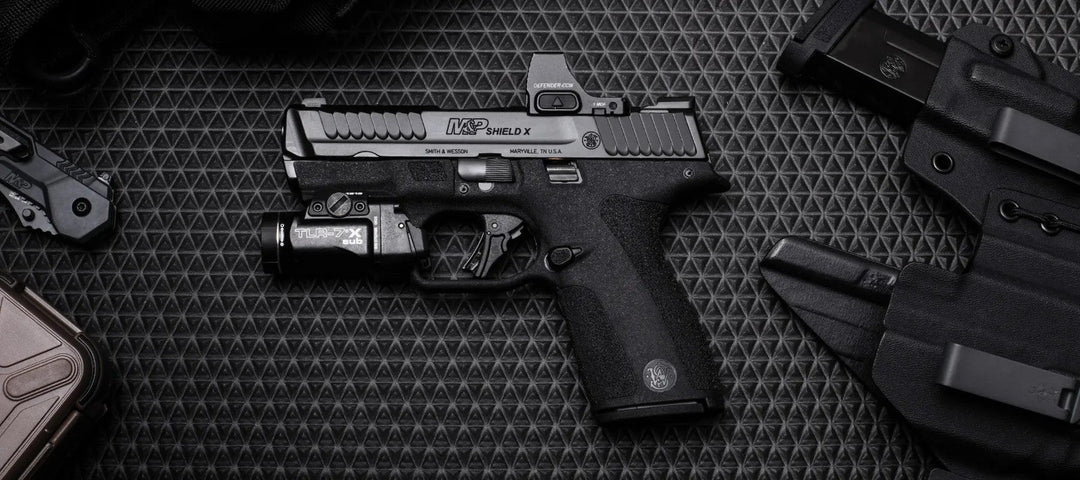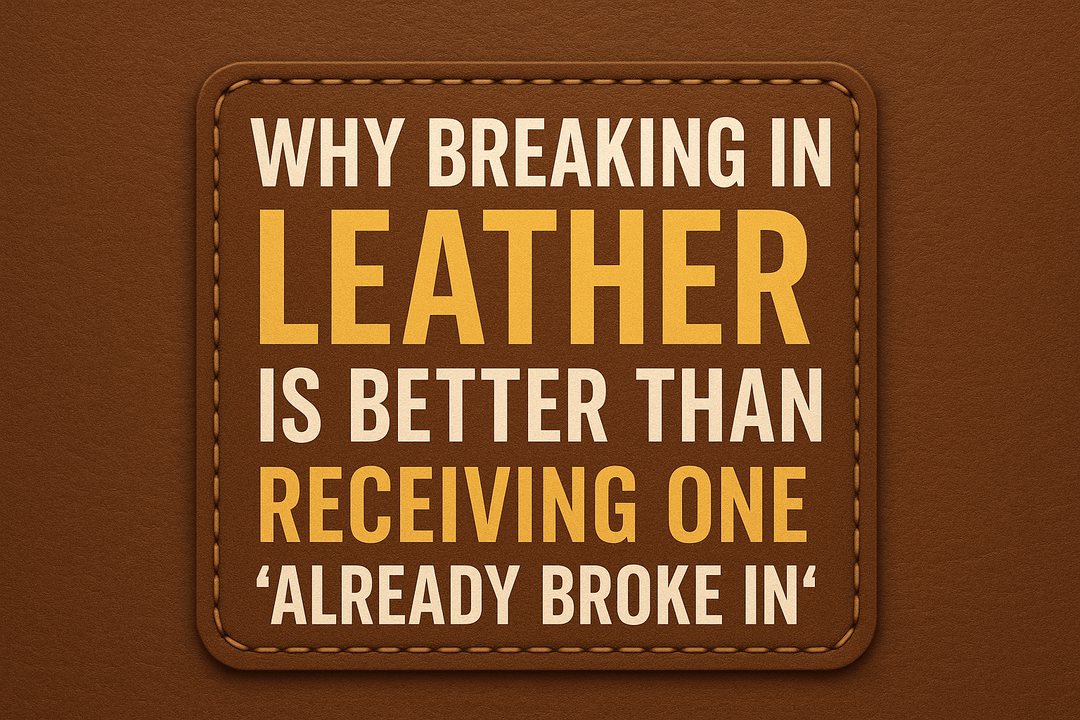Framed: Revolver Sizes & What They Mean
The Framework of Revolvers
The foundational J-Frame, K-Frame, and N-Frame standards continue to evolve. This guide was fully reviewed and updated in December 2025 to reflect the latest trends, including new releases that prioritize weight reduction (using titanium cylinders and lightweight aluminum alloy frames) for better concealed carry.
Several new revolvers were released in 2025, including Smith & Wesson's exclusive J-frame revolvers in .32 H&R Magnum (Models 632 and 432), the "Nolock Classic" series (Models 10 and 19), and the Lipsey's "Ultimate Carry" Titanium J-frame revolvers. The .32 H&R Magnum J-frames offer a lightweight, high-capacity alternative, while the Nolock series returns to traditional, lock-free designs. The .32 H&R Magnum J-frames offer a lightweight, high-capacity alternative, while the Nolock series returns to traditional, lock-free designs. Understanding these frame updates is critical for selecting the perfect Urban Carry Holster. Read on for the definitive 2025 breakdown of revolver sizing.
The revolver is a classic piece of weaponry and holds a special place in the hearts of many Americans, and they continue to play a large part in recent firearm history. It’s natural that we would have many ways to refer to the old six-shooter, but one of the most common terms is also the most confusing.

For example, say a new shooter wants an affordable gun they can carry in their pocket everyday and a buddy recommended a J Frame. So they head to a gun shop, ask for a J Frame, and the guy or gal behind the counter hands over a used Colt Trooper MK III.
If you’re not familiar with Colts, that’s a medium sized revolver that used to be a duty gun for law enforcement personnel. So why would the shopkeeper hand you that revolver when you clearly specified a J Frame? Well that’s because the Trooper is a Colt J Frame.

Up until these frame designations came out, the guns were referred to by their description. For example, a K Frame could be a Smith & Wesson .38 Hand-ejector Model of 19 whatever. Obviously, that got old quickly. In the mid twentieth century, S&W employees began using the internal frame designations in discussions with journalists, leading to widespread acceptance and use of the employee shorthand.
The problem was that these frame codenames became so prolific that they started getting used to describe any and all revolvers – even those not made by Smith & Wesson. Please note, however, that S&W and Colt are primarily the only manufacturers that designate frame sizes; most simply use Small, Medium, and Large.
Small Revolvers
Just to keep things simple, we’ll use relative sizes to categorize everything today. In S&W Frame terminology, these little tykes are J Frames. Arguably the most consistently popular carry gun, the S&W J Frame started life in 1949 as a side project to upgrade the already popular I frame. Many loved the I frame’s petite stature, but wanted a gun that shot the higher power .38 Special.

In their quest to beef up the I frame, the mad scientists in Springfield Mass. came up with a totally new revolver. The Chief’s Special, as it was known, featured a longer cylinder to accommodate the bigger round and a new coiled mainspring to replace the traditional flat mainspring.
Not to be left out, Colt began to disclose their frame sizes around the same period as Smith & Wesson. But really, who knows what a D Frame is? The Detective Special was a direct competitor to the S&W Chief’s Special, and sought to solve the same problem.
Both the J Frame and the D frame sported swing out cylinders and the capability to handle the .38 Special round. Many other manufacturers produce small “J Frame” size revolvers, but they simply refer to them by the size of the frame.
Take for example the small-framed Ruger LCR or the Taurus 85: either could be an easy swap from a Model 442 J Frame given their close size approximation, yet neither is a J Frame.
Medium Revolvers
For decades, the medium sized revolver ruled. Lawmen and Outlaws alike relied on these wheel guns to get the job done. In S&W lingo these are the K & L Frames. The K frame was one of S&W’s original hand ejector models, meaning it had a swing out cylinder. Like the I Frame, it had been around since 1894.

The K Frame was also known as the .38 Frame, as it was designed specifically for that cartridge. The L Frame, on the other hand, was designed as a stouter K Frame to handle the power of the .357 Magnums. Later in the 1900s the L Frame revolvers became some of the most popular duty guns of the time.
Of course the midsized revolver market was a hot segment for manufacturers, with Colt taking a large percentage of sales. Starting in 1908, Colt offered their Medium sized revolvers on the E Frame. The E Frame started life as the Colt Army Special, a replacement for the more intricate New Army models. The Army Special was wildly popular with both military and law enforcement personnel, and served as the foundation for Colt’s new line of medium sized revolvers.

Over time, changes were made to the E frame, one change being the location of the firing pin. The E Frame had the firing pin mounted on the hammer, while the almost identical I Frame had the firing pin mounted within the frame itself. The biggest update to the Colt mid-sized revolver line was the J Frame in 1969. This model essentially replaced the E & I frames and added a new transfer bar safety system.
With Glock's release of the G49 MOS in May 2025, the focus on hybrid semi-automatics has only deepened the appreciation for the simplicity and classic frame designations, like the J-Frame and K-Frame, that define the world of revolvers.
Now this is certainly not the end all be all for revolver frame sizes; it is simply meant to help clear up some of the confusion when it comes to revolver sizes and classifications. While this blog primarily focuses on Smith & Wesson and Colt, revolvers are made by dozens of companies that all may or may not have internal designations for their revolver frames.
Even though there are so many size variations, it can be helpful to have a frame of reference when you’re learning about or purchasing revolvers, and we hope this breakdown has been helpful to you! To find a holster for your specific model, visit our search by weapons page. If you have any other questions or topics you’d like to see covered, let us know!
You can find us on Facebook, Instagram, or just send us an email!
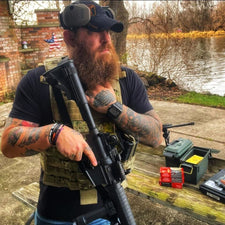
Richard Calvette
Firearms Expert, Urban Carry Holsters
I've been with Urban Carry Holsters since 2020, proudly serving as the Firearms Expert. Before that, I served 8 years in the United States Marine Corps, including a deployment to Iraq from 2009 to 2010. During my time in the Infantry as a Sergeant, I developed a deep interest in the wide range of firearms we used. It fascinated me to learn why specific weapons were chosen for different missions and roles.Breaking into the firearms industry wasn't easy, but persistence paid off. While attending a trade show, I discovered the Sonoran Desert Institute. That opportunity led me to earn an Associate of Science in Firearms Technology, along with certifications as a Pistol Expert and Range Safety Officer.My passion for firearms continues to grow every day. I'm always learning, always improving, and always striving to bring that knowledge and experience to the work we do here at Urban Carry.


